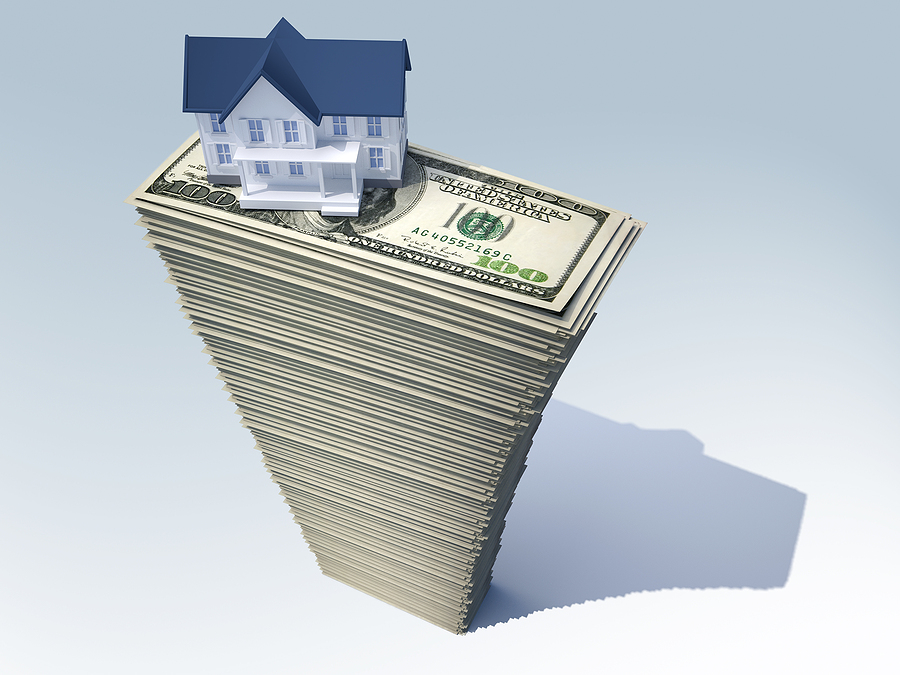Home prices rose by 20.9% YOY in March, setting another record and marking the 122nd consecutive month of YOY home price increases nationally, according to CoreLogic’s Home Price Index (HPI) and HPI Forecast.
Home prices were up 3.3% from the month prior. The annual appreciation of detached properties (22%) was 4% higher than that of attached properties (17.3%).
But the company predicts that home price growth will moderate to 5.9% by March 2023 due to rising interest rates and low affordability. Late April rates jumped about 30% YOY, a “trend that might derail more prospective buyers.”
“The annual growth in the U.S. index was the largest we have measured in the 45-year history of the CoreLogic Home Price Index,” said Dr. Frank Nothaft, chief economist at CoreLogic.
“Couple that price increase with the rapid rise in mortgage rates and buyer affordability has fallen sharply. In April, 30-year fixed mortgage rates averaged nearly 2 percentage points higher than one year earlier. With the growth in home prices, that means the monthly principal and interest payment to buy the median-priced home was up about 50% in April compared with last April.”
Affordability is declining as housing costs grow faster than incomes. The typical homebuyer’s monthly mortgage payment is up 39%, the largest YOY gain on record. Though price appreciation has created a “mass wealth event” for homeowners, it causes problems for first-time buyers and renters.
“There’s a rosy picture and a not-so-rosy picture,” said Emily Wiemers, an economist at Syracuse University, told the New York Times. “The flip side is pretty troubling. There’s this set of kids whose parents don’t own a home and so didn’t see this increase in wealth, and also whose parents may have seen declines in income.”
Tampa, FL saw the highest YOY appreciation at 32.5%, followed by Phoenix (30.4% YOY). Florida and Arizona also took top places at the state level, at 31.4% and 28.7% YOY growth. The New York and Washington metro areas saw the smallest growth, both at 9.9%.
